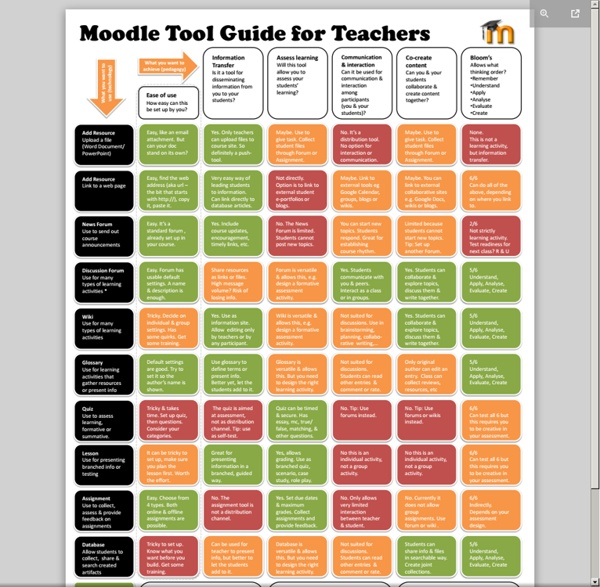Business Models: Plugg Start-up winners Mendeley & Myngle
Today, European internet entrepreneurs, investors and bloggers gathered on the Plugg 2009 conference to look at the ‘new web’ and its future. One of the key elements on Plugg is the Start-ups Rally, a pitching competition where 20 start-ups present their business to the audience and a challenging jury of investors and thought leaders. Let’s have a look at the business model of the 2 winners! Mendeley.com: Last.fm for research
Support Blogging! - Links to School Bloggers
The Top 100 Bloggers of 2013: Ten Niches, Ten Bloggers! Welcome to this compilation of the top 100 bloggers of 2013! I’m going to go through ten separate categories and take a quick look at all the best and brightest from those markets. Ranging from health and fitness to SEO and internet marketing, there’s a lot of fantastic bloggers. This list won’t be the be-all and end-all of the ultimate blogging enthusiasts, but it will feature many bloggers who have stood out and are pretty recognisable in their respective niches.
Digital Habitats: stewarding technology for communities » Putting our diagrams to work
Jul 05 2010 Our goal in writing Digital Habitats was to recognize and move forward the literacies that are involved in stewarding technology for communities. We are happy when people put our ideas to work and appreciate it when people use our diagrams for that purpose. If you write us requesting permission to use the diagrams in a copyrighted work, we are happy to give permission.
How we will learn
MindShift explores the future of learning in all its dimensions. We examine how learning is being affected by technology, discoveries about the brain, poverty, inequities, mindfulness, agency, social and emotional learning, assessments, game-based learning and music, among many other topics. We report on shifts in how educators teach as they apply innovative ideas to help students learn, while meeting the rigorous demands of their standards. MindShift has a unique audience of educators, parents, policy makers and life-long learners who engage in meaningful dialogue with one another on our sites. We try to keep our passionate audience informed on multiple platforms with reporting from us and trusted sources in education.
Twitter Fan Pages by Twylah : Transform your tweets into custom brand pages for your fans
A Place of Record: Let The World Know Everyday people from all over the world register hashtags with Twubs. Registration provides you with a record of your claim that can be used in any trademark or other legal challenge. We record the date of registration and the important details regarding the registrant. Protect your future, register today. SEO For Free: Enhance Your Search Engine Optimization Strategy
Opossum, apprentissage et technologies
Eh oui, c’était ça la nouvelle que nous avions promise pour aujourd’hui! Mario commencera officiellement à travailler avec nous le 1er août 2005. D’ici là, il terminera l’année scolaire à l’Institut St-Joseph dont il est le directeur.
Learn What You Want, Teach What You Love
The idea for MentorMob sprouts from the backgrounds of Kris Chinosorn and Vince Leung. Both avid learners, they found early on that the Internet was not quite the incredible tool for learning new skills and hobbies that everyone thinks it is. Even with millions of free lessons online, the content is almost impossible to navigate. "You don’t really know where to start, what to learn next or who you can trust, which is why in a sea of free content, people are still paying for online lessons." - Vince Leung, CTO Both Kris and Vince knew there had to be a better, more efficient way to learn for free online and that is when MentorMob was born. Since MentorMob’s inception, the company has seen many changes, and pivoted from it’s original website (now residing as LessonPaths.com) to create a community focused social learning platform that features one in-depth learning experience that works.
The Differentiated Instruction Book of Lists
Yesterday, I was at a meeting where a typical “mexican stand-off” began to take place. One group wanted a group of teachers to receive professional development for a technology only a small portion of them had access to, and were insisting the PD had to take place first; in the mean time, the teacher-learners were saying, quite reasonably, that they weren’t eager to take a course for something they wouldn’t have an opportunity to implement, and if it was eventually implemented, the knowledge they acquired in the PD would be long enough ago to make it useless and it would need to be redone. These sorts of arguments take place all the time.
SmarTots - We recommend the Best Educational Apps for your Child
How To Compile Your Holiday Videos Into A Cool Movie Trailer With iMovie [Mac]
You have lots of short videos from your weekend vacation and you want to compile and share the clips. But you have barely had the time to do it. What can you do?
Online Language Education with private teachers
The Daring Librarian


